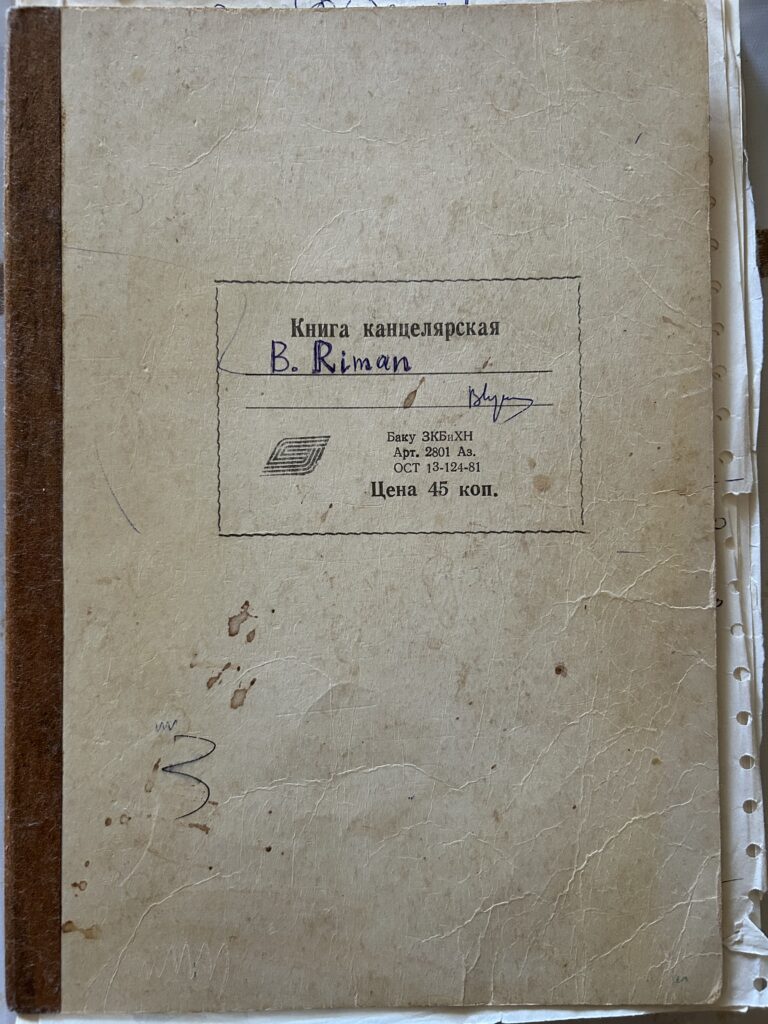Professor Hidayat M. Huseynov devoted a significant part of his life to solving one of the oldest and most complex unsolved problems – the Riemann Hypothesis.
What is the Riemann Hypothesis?
The Riemann Hypothesis is one of the most famous and long-standing unsolved problems in mathematics. It was first formulated by the German mathematician Bernhard Riemann in 1859 in his paper “On the Number of Primes Less Than a Given Magnitude.” The hypothesis concerns the distribution of prime numbers and is closely related to the properties of the Riemann zeta function, a complex function defined as:
\(\zeta(s) = \sum_{n=1}^{\infty} \frac{1}{n^s}, \quad \text{for } \Re(s) > 1\)
Riemann analytically continued this function to the entire complex plane, except for a simple pole at \(s = 1\). He observed that its nontrivial zeros—values of \(s\) for which \(\zeta(s) = 0\)—all appear to lie on the so-called critical line \(\Re(s) = \frac{1}{2}\). The Riemann Hypothesis states that:
All nontrivial zeros of the Riemann zeta function lie on the critical line \(\Re(s) = \frac{1}{2}\).
If proven true, this would have a profound impact on number theory, particularly in understanding the distribution of prime numbers. Despite extensive numerical verification and partial results, a full proof has yet to be found. The hypothesis remains one of the seven Millennium Prize Problems, with a $1 million reward offered by the Clay Mathematics Institute for its resolution.
